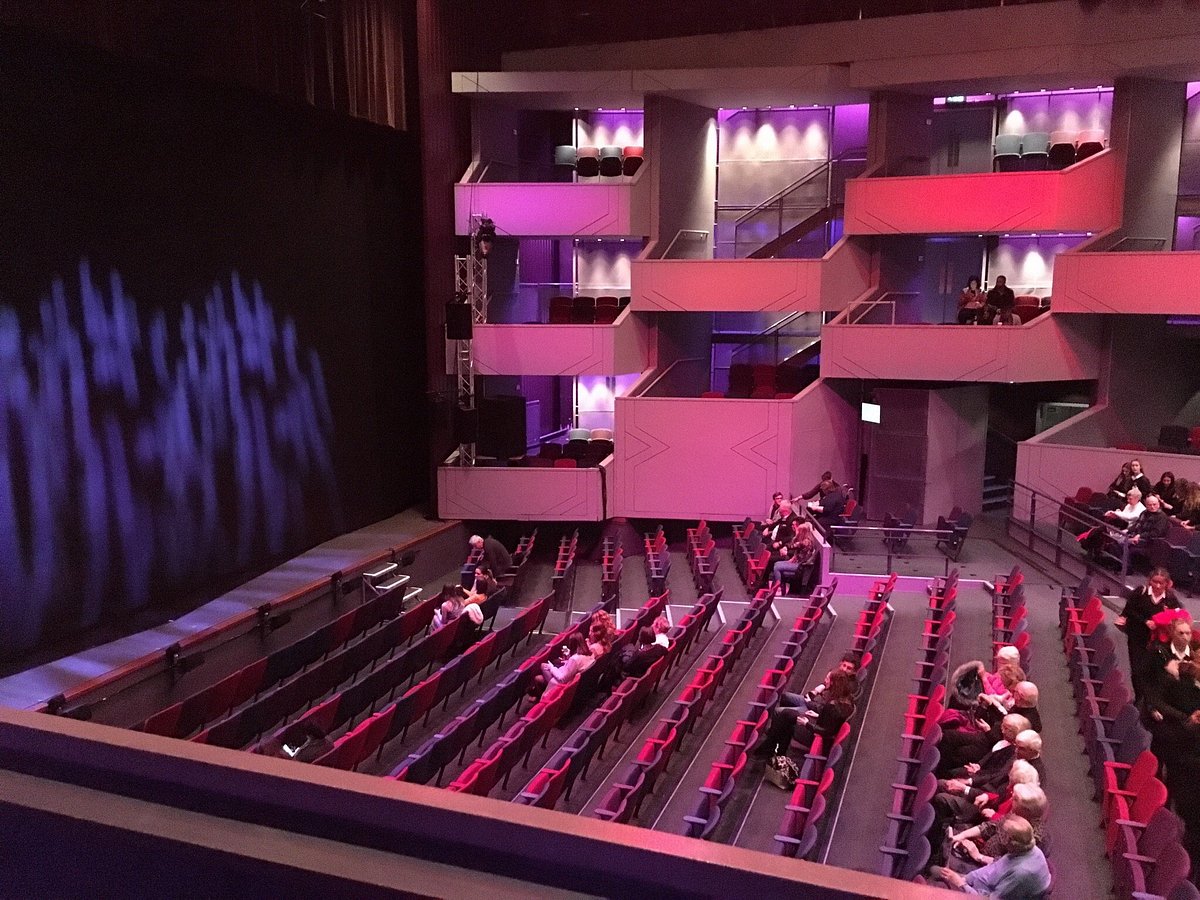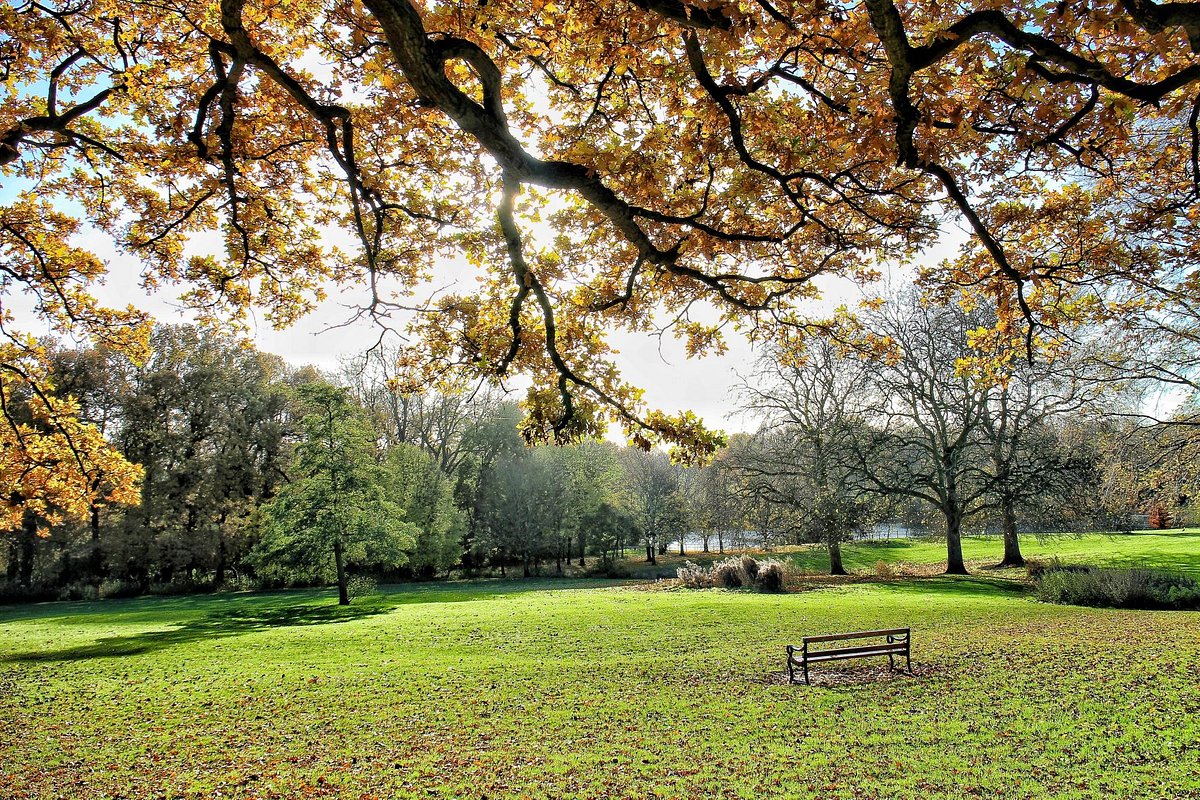







- Northampton Travel Guide
- Top Attractions in Northampton
- Insider guide to Northampton
- Visit Northampton
- Northampton
- Northampton Tourism
- Northampton Travel Guide 2024
- Northampton Travel Guide 2025
- Things To Do in Northampton
- Northampton Visitor Information Guide
- Top Things To Do in Northampton
- Local Guides in Northampton
- Travel and Transport Northampton
Royal & Derngate is a theatre complex in the Cultural Quarter of Northampton, England, consisting of the Royal Theatre, Derngate Theatre and the Northampton Filmhouse.
The Royal was built by theatre architect Charles J. Phipps and opened in 1884. Ninety-nine years later in 1983, Derngate, designed by RHWL, was built to the rear of the Royal. Whilst the two theatres were physically linked, they did not combine organisations until a formal merger in 1999; they are run by the Northampton Theatres Trust. The Royal Theatre, established as a producing house, has a capacity of 450 seats and since 1976 has been designated a Grade II listed building;[1] Derngate Theatre seats a maximum of 1,200 and is a multi-purpose space in which the auditorium can be configured for a variety of events including theatre, opera, live music, dance, fashion and sports. The Northampton Filmhouse, an independent cinema built to the side of the complex, opened in 2013.
In 2005, both theatres closed for an 18-month £14.5m redevelopment. The theatres were merged into one complex, a creativity centre was constructed, and the two venues were totally refurbished. The complex reopened as Royal & Derngate in October 2006. From its reopening, Laurie Sansom was artistic director;[2] under his tenure, The Stage hailed Royal & Derngate as The Regional Theatre of the Year (2010) in its inaugural Stage 100 Awards for "its artistic quality and connections it has with local audiences."[3]
In 2013 James Dacre took over as artistic director. The Royal & Derngate was awarded the UK Theatre Management Award for Best Presentation of Touring Theatre for its Made in Northampton co-produced work in 2015 and the UK Theatre Award for Best Touring Production in 2016.[4] It was shortlisted for the Regional Theatre of the Year Award again in 2016,[5] and also nominated for Theatre of the Year in The Stage 2022 Awards.
In addition to staging and producing entertainment, Royal & Derngate also provide a programme of creative projects in its Underground space. This is the site of its Youth Theatre. It also presented chances for the local community to get involved in performing, writing and finding out more about what goes on behind the scenes.














